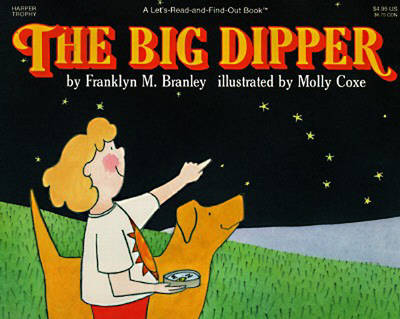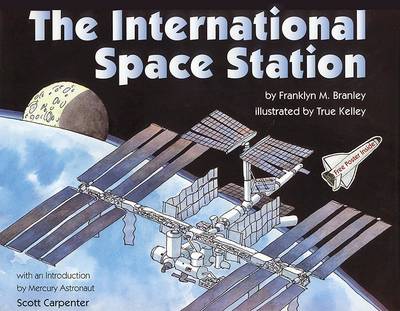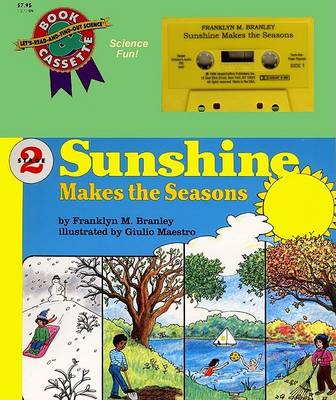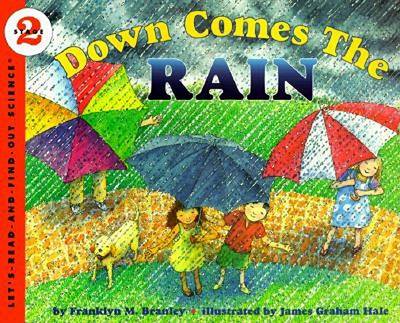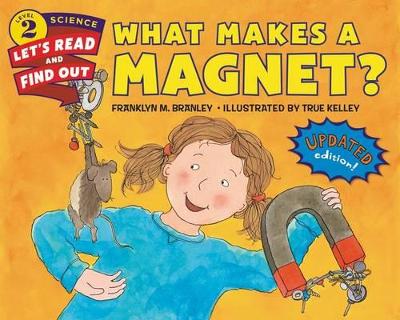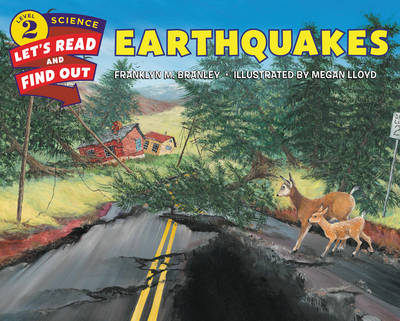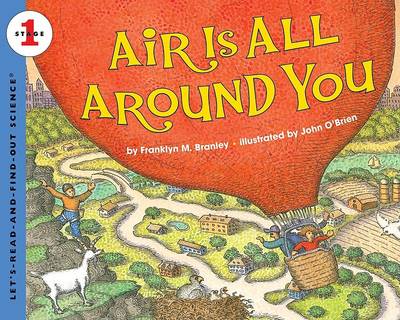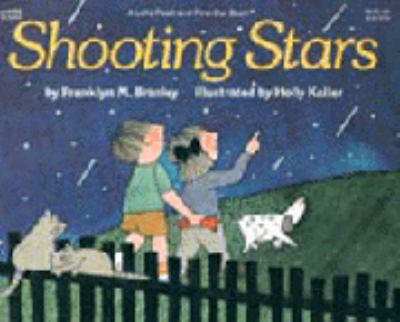Let's-read-and-find-out science
9 total works
It all starts with the sun. The sun shines on the Earth and keeps it warm.We have day and night because the Earth spins on its axis and we spend part of each day facing the sun and part of the day facing away from it. But why are days longer in the summer than in the winter? The answer to this question is explained through an experiment using a pencil, an orange, and a flashlight. And when you see this, you'll know the reasons for the seasons.
Let's-Read-and-Find-Out Science is the winner of the American Association for the Advancement of Science/Subaru Science Books & Films Prize for Outstanding Science Series.
Read and find out about how to discover more about the air that's all around you in this colorfully illustrated nonfiction picture book.
What weighs 5 quadrillion tons but can't knock you down Air!
The air that surrounds the earth weighs an enormous amount, but you can't even feel it unless the wind is blowing. You can't see air or smell it, either. But we know it's there, and we couldn't live without it.
When it's not windy, it can be easy to forget about air. But air is everywhere-it fills your house, your car, and even your empty milk glass. In fact, a regular room holds about 75 pounds of it!
This is a clear and appealing science book for early elementary age kids, both at home and in the classroom. It includes simple experiments that will show you how to prove that there is mysterious, miraculous air-all around you.
This is a Level 1 Let's-Read-and-Find-Out, which means the book explores introductory concepts perfect for children in the primary grades. The 100+ titles in this leading nonfiction series are:
- hands-on and visual
- acclaimed and trusted
- great for classrooms
Top 10 reasons to love LRFOs:
- Entertain and educate at the same time
- Have appealing, child-centered topics
- Developmentally appropriate for emerging readers
- Focused; answering questions instead of using survey approach
- Employ engaging picture book quality illustrations
- Use simple charts and graphics to improve visual literacy skills
- Feature hands-on activities to engage young scientists
- Meet national science education standards
- Written/illustrated by award-winning authors/illustrators & vetted by an expert in the field
- Over 130 titles in print, meeting a wide range of kids' scientific interests
Book in this series support the Common Core Learning Standards, Next Generation Science Standards, and the Science, Technology, Engineering, and Math (STEM) standards. Let's-Read-and-Find-Out is the winner of the American Association for the Advancement of Science/Subaru Science Books & Films Prize for Outstanding Science Series.
